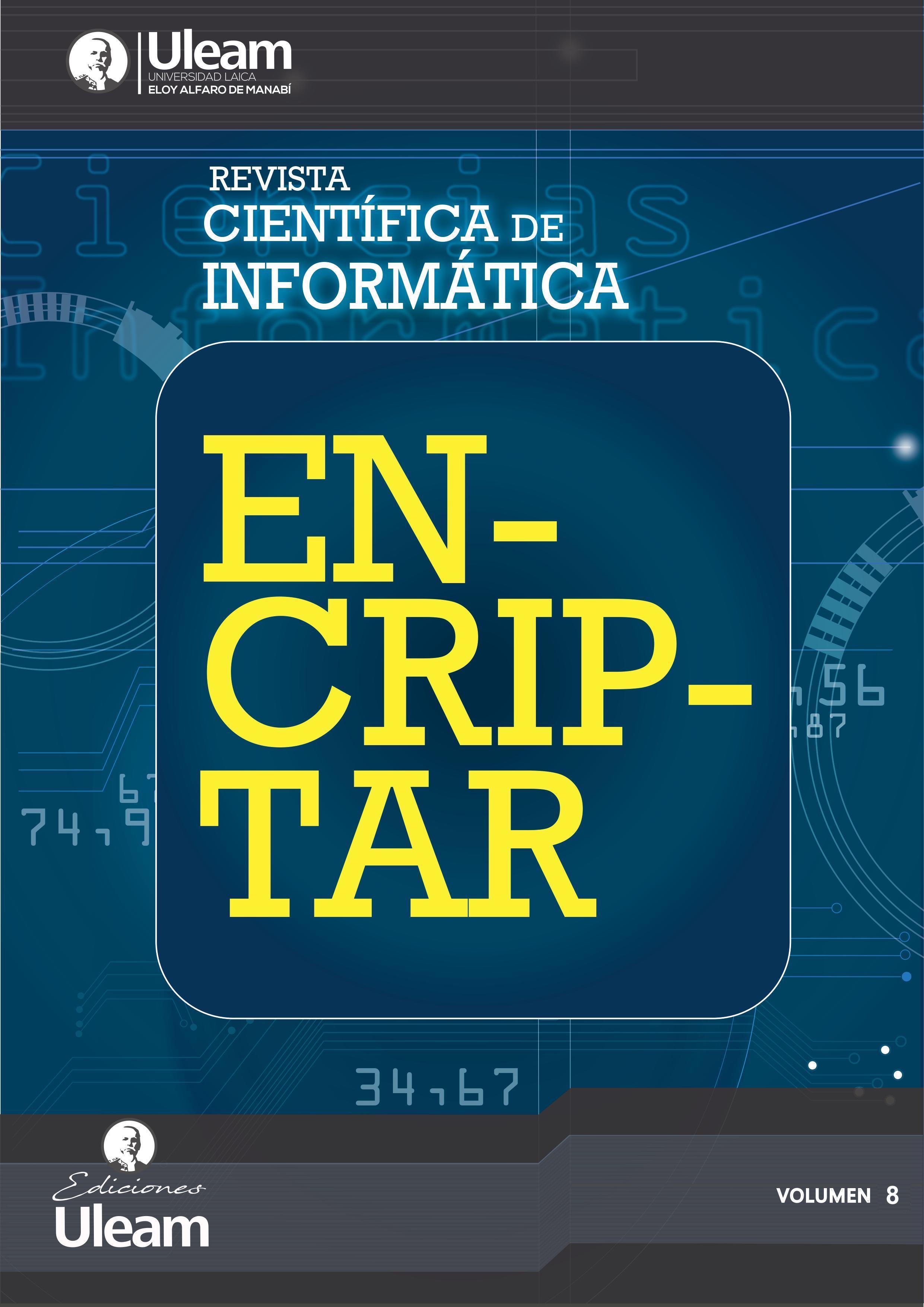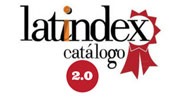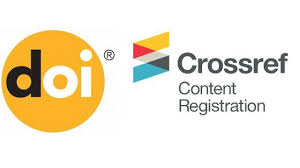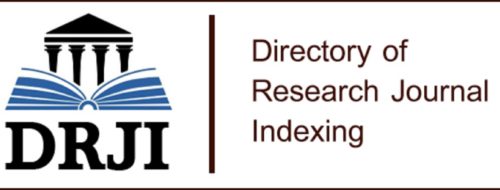Internet of Things in medical emergencies: advances, challenges, and opportunities: a literature review.
DOI:
https://doi.org/10.56124/encriptar.v8i16.001Keywords:
Telemedicine, Cybersecurity, Biomedical sensors, Wireless communication, Information systemsAbstract
The Internet of Things (IoT) is revolutionizing various sectors, and emergency medicine is one field where its impact is particularly significant. Integrating IoT devices in healthcare enables substantial advancements in monitoring and treating patients in critical situations. These devices facilitate the real-time collection and transmission of vital data, such as heart rate, blood pressure, and oxygen levels, thereby improving the responsiveness of medical teams and consequently increasing survival rates. Notable developments in IoT applied to emergency medicine include wearable devices, implantable sensors, and advanced communication systems that ensure data transmission through secure and reliable networks. However, significant challenges persist despite these advancements, such as data security and privacy, interoperability among different devices and systems, and managing large volumes of information. These obstacles represent crucial barriers that must be overcome to maximize IoT's potential in emergency medicine. Despite these challenges, the opportunities presented by IoT are remarkable. Its effective implementation has the potential to significantly enhance the efficiency of emergency services, reduce response times, and provide more accurate and timely diagnoses. This literature review explores recent advancements, current challenges, and future opportunities for IoT in emergency medicine. It offers a comprehensive view of its impact and the transformative potential of this revolutionary technology in healthcare.
Downloads
References
Chavan, M. &. (01 de 2023). International Journal of Advanced Research in Science, Communication and Technology. Obtenido de Comparative Paper on Emergency Medical Services using IoT.: https://ijarsct.co.in/Paper7974.pdf
Barberán Vizueta, M. S., & Chela Criollo, J. K. (2021). Prótesis impresas en 3D y aplicativo móvil de geolocalización: Caso de Estudio Novus Spem. https://dspace.ups.edu.ec/handle/123456789/20293
Lee, E. S. (2021). A Survey on Standards for Interoperability and Security in the Internet of Things. IEEE Communications Surveys & Tutorials, 1020-1047.
Ratta, P. K. (2021). Application of Blockchain and Internet of Things in Healthcare and Medical Sector: Applications, Challenges, and Future Perspectives. Journal of Food Quality, 1-20.
Carvajal Nagua, K. A., & Solano Cedeño, C. S. (2021). Desarrollo de una Aplicación Web para el Control de citas y manejo de historial médico en la Unidad Médica Family care de la ciudad de Guayaquil. https://dspace.ups.edu.ec/handle/123456789/20905
Sadhu, P., Yanambaka, V., Abdelgawad, A., & Yelama. (2022). Prospect of Internet of Medical Things: A Review on Security Requirements and Solutions. Sensors, 22.
Swayamsiddha, S. &. (2020). Application of cognitive Internet of Medical Things for COVID-19 pandemic.
Diabetes & Metabolic Syndrome, 911-915.
George, D. E., Jose, A., Abishek, K. B., Rajeev, A., Kabeer, M., & Bobby, A. T. (2022). IoT Based Emergency Communication System for Medical Transportation. Proceedings of International Conference on Computing, Communication, Security and Intelligent Systems, IC3SIS 2022, 1–5. https://doi.org/10.1109/IC3SIS54991.2022.9885496
Xu, B., Li Da, X., Hongming , C., Cheng , X., Jingyuan , H., & Fenglin, B. (2020). Ubiquitous Data Accessing Method in IoT-Based Information System for Emergency Medical Services. IEEE Transactions on Industrial Informatics, 1578-1586.
Gunasekar, T., Karthikeyan, J., Manivannan, G., Saran, M. S. K., & Gokul, K. R. (2022). IoT Based Patient Safety Monitoring System in Hospitals. 2022 2nd International Conference on Power Electronics and IoT Applications in Renewable Energy and Its Control, PARC 2022, 22–25. https://doi.org/10.1109/PARC52418.2022.9726617
Hadjichristofi, G., Varveris, G., & Katzis, K. (2020). Assessing Trustworthiness of IoT-Health Devices in Hospital Environments. 2020 8th International Conference on Communications and Networking, ComNet2020 - Proceedings, 5–9. https://doi.org/10.1109/ComNet47917.2020.9306089
M. A. (2020). Design and Implementation of an IoT Based Medical Assistant Robot (Aido-Bot). Proceedings of 2020 IEEE International Women in Engineering (WIE) Conference on Electrical and Computer Engineering, WIECON-ECE 2020, 17–20. https://doi.org/10.1109/WIECON- ECE52138.2020.9397958
Jyothi, N. A., Parimala, K. S., & Yerraboina, S. (2018). Application of IoT in Monitoring Patient’s Health Ward Relevant Parameters. Proceedings of the 3rd International Conference on Inventive Computation Technologies, ICICT 2018, 1–5. https://doi.org/10.1109/ICICT43934.2018.9034265
Khan, M. R., Munir, F., & Huang, C. (2021). An IoT-enabled Automated Tight-Glycemic-control System for Intensive Care.
Kumar, J. N. A., & Suresh, S. (2019). A Proposal of smart hospital management using hybrid Cloud, IoT, ML, and AI. Proceedings of the 4th International Conference on Communication and Electronics Systems, ICCES 2019, Icces, 1082–1085. https://doi.org/10.1109/ICCES45898.2019.9002098
Patade, A. S., Gandhi, H. P., & Sharma, N. (2019). IOT Solutions for Hospitals. 2019 11th International Conference on Communication Systems and Networks, COMSNETS 2019, 2061, 813–816. https://doi.org/10.1109/COMSNETS.2019.8711425
Tejas, C., Tejashwini, V., & Murari, V. (2018). Assistive technology: An IoT based device for physically challenged people and hospital inmates. 2018 3rd IEEE International Conference on Recent Trends in Electronics, Information and Communication Technology, RTEICT 2018 - Proceedings, 1906–1911. https://doi.org/10.1109/RTEICT42901.2018.9012369
Zerega-Prado, J., & Llerena-Izquierdo, J. (2022). Arquitectura de consolidación de la información para seguros de la salud mediante Big Data. Memoria Investigaciones En Ingeniería, 0(23 SE- Artículos). https://doi.org/10.36561/ING.23.3
Zhang, H., Li, J., Wen, B., Xun, Y., & Liu, J. (2018). Connecting intelligent things in smart hospitals using NB-IoT. IEEE Internet of Things Journal, 5(3), 1550–1560. https://doi.org/10.1109/JIOT.2018.2792423
Khanna, A., & Kaur, S. (2019). Evolution of Internet of Things (IoT) and its significant impact in the field of Precision Agriculture. Computers and Electronics in Agriculture, 157, 218-231. https://doi.org/10.1016/j.compag.2018.12.039
Vazquez, M. Y. L., Arteaga, B. S. M., López, J. A. M., & Martinez, M. A. Q. (2020). Design of an IOT architecture in medical environments for the treatment of hypertensive patients. Revista Ibérica de Sistemas e Tecnologias de Informação, E33, 188–200.
Mohammadi, M., Al-Fuqaha, A., Sorour, S., & Guizani, M. (2020). Deep Learning for
IoT Big Data and Streaming Analytics: A Survey. IEEE Communications Surveys & Tutorials, 20(4), 2923-2960. https://doi.org/10.1109/COMST.2018.2844341
Sanmartín Mendoza, P., Ávila Hernández, K., Vilora Núñez, C., & Jabba Molinares, D. (2016). Internet de las cosas y la salud centrada en el hogar. Revista Salud Uninorte, 32(2), 337-351.
Arango Astorga, P., & Garcia Garcia, Y. (2022). Internet de las cosas en el ámbito de la atención médica: tendencias y desafíos. Revista Cubana de Informática Médica, 14(1).
Quiroz Martínez, M. Á., Arguello Ruiz, R. A., Gómez Ríos, M. D., & Leyva Vázquez, M. Y. (2020). Evaluación de potencial del internet de las cosas en la salud mediante mapas cognitivos difusos. Conrado, 16(75), 131-136.
Hinostroza Quiñones, J. R. (2022). Diseño e implementación de un sistema multiparametrico mediante Internet de las cosas para la medición y monitoreo de signos vitales en pacientes con necesidad de vigilancia remota.
Díaz Arce, M. A. (2014). Plataforma de salud movil (M-HEALTH) basada en el internet de las cosas para la prevención de sobrepeso y obesidad en niños y adolescentes en México.
Rodríguez-Gómez, R. (2022). Internet de las cosas, salud pública y pandemias. Revista Salud Uninorte, 38(1), 240-253.
Ramírez Monterroso, J. C. (2023). IOT la herramienta de apoyo idónea para el cuidado de las personas de la tercera edad (Doctoral dissertation, Universidad de San Carlos de Guatemala).
De Hurtado, S. Z. (2021). Inteligencia artificial (IA) y covid-19: análisis comparativo China-América Latina. de Impactos de la covid-19 en el sistema internacional y en la integración regional, Ediciones Universidad Coperativa de Colombia, 115-151.
Fuentes, R. C. (2022). Sistema IoT para monitoreo remoto de signos vitales para la COVID-19 (Doctoral dissertation, UNIVERSIDAD NACIONAL AUTONOMA DE MÉXICO)..
Ramírez Monterroso, J. C. (2023). IOT la herramienta de apoyo idónea para el cuidado de las personas de la tercera edad (Doctoral dissertation, Universidad de San Carlos de Guatemala).
Published
How to Cite
Issue
Section
License
Copyright (c) 2025 Scientific Journal of Informatics ENCRYPT - ISSN: 2737-6389.

This work is licensed under a Creative Commons Attribution-NonCommercial-ShareAlike 4.0 International License.















